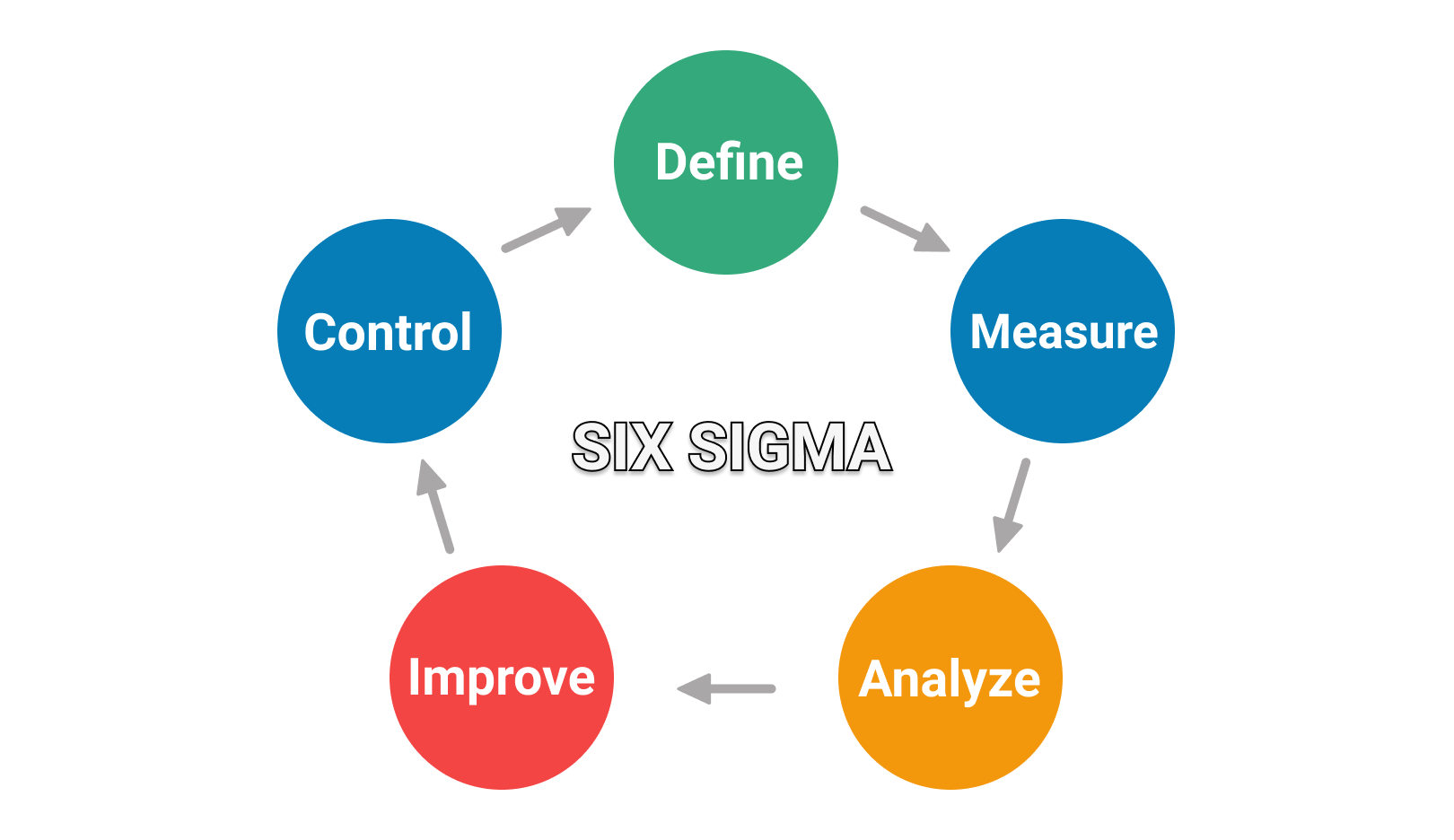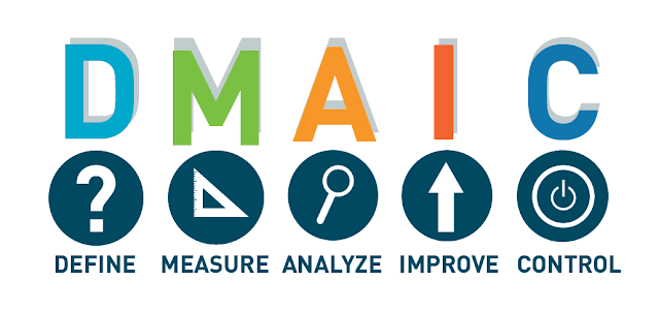Understanding the Lean Six Sigma DMAIC Cycle

Lean Six Sigma is a process improvement methodology that can be applied in any industry. It’s been used successfully by many companies and has been proven to increase revenue, decrease costs, and improve customer satisfaction. However, understanding DMAIC cycle works is critical to your company’s ability to implement Lean Six Sigma. By learning about each part of the DMAIC cycle and how they relate to each other, you’ll be able to take full advantage of this powerful methodology.

Define
Define is the first step in the Flux process, during which you gain clarity around your problem, scope, and budget. It’s about defining what problem we are trying to solve, how it will be solved and how we will measure our success. In Define, it’s helpful to think about what you want from a solution versus all the steps you want to take your users through to get there.
The goal here is to define success for both sides so that we can operate within those parameters and focus on finding answers rather than reinventing the wheel every time we start a new project.
Ask these questions to define:
- What problem are we trying to solve?
- What are we trying to achieve?
- Who are our stakeholders? How do they fit into this process?
- When do we need everything done?
Measure
In this step, you need to measure the current state of your process. What is its cycle time? How much variation is there in the process? Is it capable of producing high-quality outputs? You will use various tools such as statistical analysis and surveys to measure the current state.
The purpose of measuring your current state is to identify what needs to be improved on or changed and then track progress over time. This will also help you see if changes are working out or not as planned so that adjustments can be made accordingly.
Analyse
Data is an integral part of the process, so you must ensure that you’ve collected enough data. If you’re working with a large problem, you’ll need to collect more data than if you are just trying to solve a small problem. You should also ensure that your team has the right tools for analyzing their data effectively and efficiently.
Once your team has gathered all their information and completed all necessary analysis, they’re ready to move on to DMAIC’s next phase: develop!
Improve
The improvement process is all about making things better. It’s about improving things for customers, the organization, and everyone involved. If you can improve a process or product by 1%, then you have improved—even if no one knows about it!
It’s not just about improving products but also processes within our organizations and our industry. Focusing on continuous improvement (DMAIC training) can build strong teams that deliver quality work while keeping costs low. We can continually reinvest those savings into new ideas and initiatives that further help us improve our processes even further going forward (and so on…).
Control
Control is the final step of the DMAIC approach. It is the process of monitoring and evaluating the results of a process and taking appropriate action if they are not within acceptable limits. Control consists of two parts:
- Monitoring involves collecting data on specific things, such as product quality or project status. The collected data can identify variances from the target values that may cause concern.
- Analysis – If there are variances from target values, this is when you analyse what led to them and determine what corrective actions should be taken (if any).
Conclusion
The DMAIC six sigma cycle is an important part of the Lean Six Sigma process.
By understanding this cycle and how it works, you can better use it to your advantage in your projects and career. You should now understand what each step in the DMAIC methodology entails so that when you start working on one of your own or helping with other people’s projects, you know what needs to be done before anything else can happen.
Discover how our expert digital transformation consultancy can guide your business to success—get in touch with us today or sign up for complimentary tools and templates.
